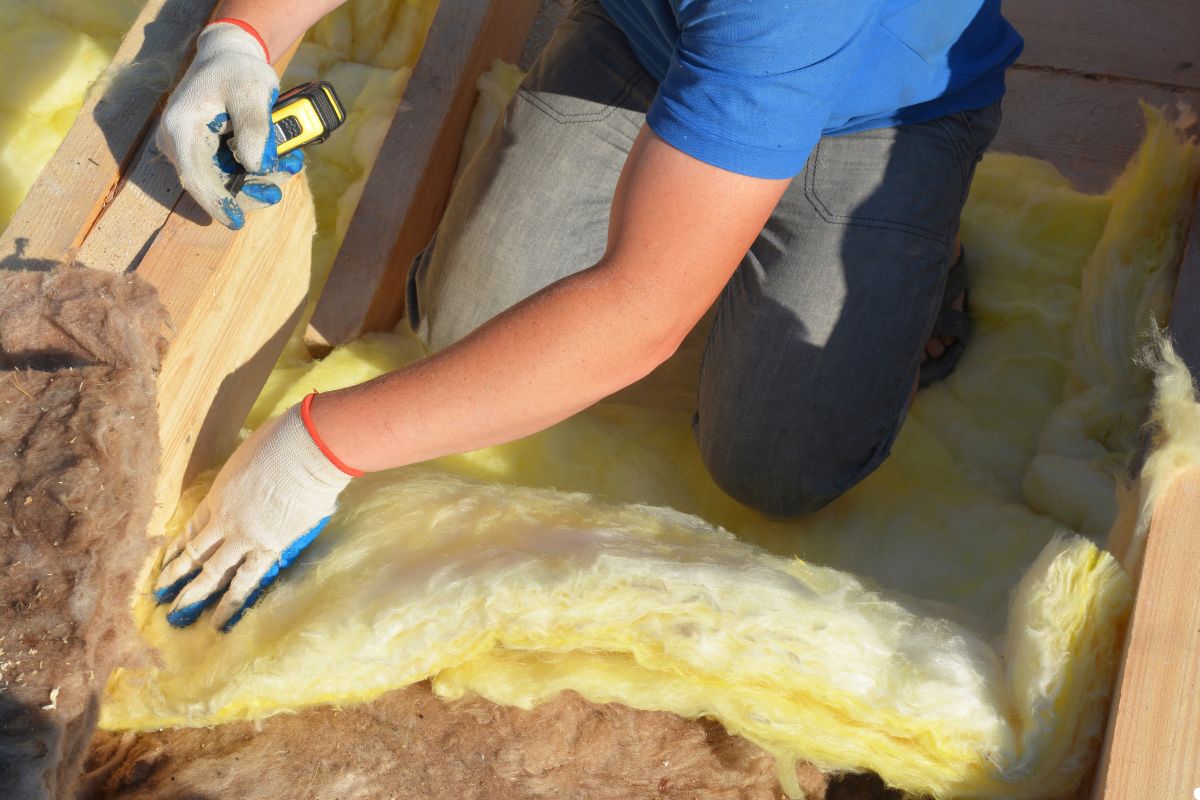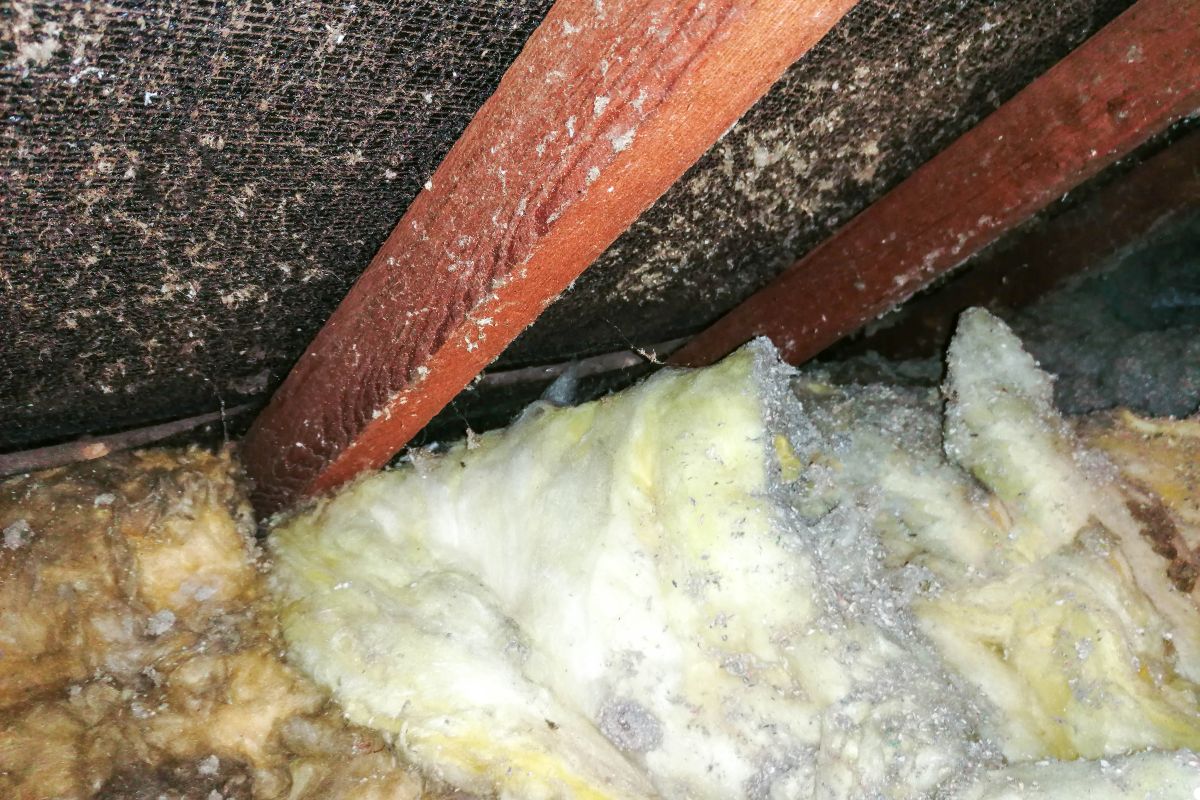
Is your Sacramento home feeling drafty, costing you a fortune in energy bills, or showing signs of moisture? These are all potential indicators that your home’s thermal barriers – insulation, windows, and doors – are compromised. Addressing these issues promptly can dramatically improve your home’s comfort, lower energy costs, and prevent further damage. Call us today to schedule an inspection and start improving your home’s efficiency!
Keep Your Sacramento Home Comfortable: Recognizing Thermal Barrier Issues
Sacramento’s hot summers and mild winters make efficient thermal barriers crucial for maintaining a comfortable indoor environment year-round. Your home’s insulation, windows, and doors work together to prevent heat transfer, keeping your home cool in the summer and warm in the winter. When these barriers fail, your HVAC system has to work harder, leading to increased energy consumption and higher utility bills. Without adequate attic insulation, your home may lose a lot of heat in the winter. This article will guide you through the telltale signs that your Sacramento home’s thermal barriers need attention, helping you identify problems early and take corrective action.

Drafts and Uneven Temperatures: The Most Obvious Warning Signs
One of the most noticeable indicators of failing thermal barriers is the presence of drafts and uneven temperatures throughout your home. This means your HVAC system is working overtime to compensate for the heat loss or gain.
Spotting Drafts Around Windows and Doors
Feel around your windows and doors for drafts, especially on windy days. Even small gaps can allow significant amounts of air to leak in or out, compromising your home’s energy efficiency. Consider weather stripping or caulking to seal these areas.
Cold or Hot Spots on Walls and Ceilings
Walk around your home and pay attention to the temperature of your walls and ceilings. If you notice areas that feel significantly colder or hotter than the surrounding surfaces, it could indicate that the insulation behind those surfaces is insufficient or damaged.
Skyrocketing Energy Bills: A Direct Hit to Your Wallet
An unexpected spike in your energy bills can be a major red flag, especially if you haven’t made any significant changes to your energy consumption habits.
Analyzing Your Energy Usage Patterns
Take a close look at your monthly energy bills and compare them to previous months and years. Are you seeing a consistent upward trend? If so, it’s time to investigate potential issues with your home’s thermal barriers.
Comparing Bills Year-Over-Year
Compare your energy bills from the same months in previous years. If you’re using significantly more energy now than you were in the past, it could be a sign that your insulation is deteriorating or that you have air leaks.
Condensation and Moisture Problems: More Than Just an Annoyance
Inadequate insulation can lead to condensation and moisture problems, which can not only damage your home but also create a breeding ground for mold and mildew.
Condensation on Windows
If you consistently see condensation forming on the inside of your windows, especially during colder months, it’s a sign that your windows are not properly insulated.
Mold and Mildew Growth
Mold and mildew thrive in damp environments. If you notice any signs of mold or mildew growth on your walls, ceilings, or around your windows, it could indicate that moisture is accumulating due to poor insulation. A professional mold remediation service might be needed.
Pest Infestation: Uninvited Guests Exploiting Weaknesses
Damaged or poorly installed insulation can provide a perfect hiding place for pests, such as rodents and insects.
Rodent Activity in Walls or Attic
If you hear scratching noises in your walls or attic, it could be a sign that rodents have found their way in. Rodents often nest in insulation, tearing it apart and compromising its effectiveness.
Insect Intrusion
Insects can also take advantage of cracks and gaps in your home’s heating barriers to gain entry. Once inside, they can damage insulation and create further problems.
Visible Insulation Damage: A Clear Sign of Trouble
Sometimes, the signs of failing thermal barriers are readily visible.
Sagging or Compressed Insulation
Check your attic and crawl spaces for signs of sagging or compressed insulation. This indicates that the insulation has lost its ability to effectively trap heat.
Wet or Moldy Insulation
If you find any wet or moldy insulation, it’s crucial to replace it immediately. Wet insulation loses its insulating properties and can promote mold growth. With our services, you can count on a thorough evaluation and swift replacement of any wet or moldy insulation to prevent further issues.

Ice Dams in Winter: A Cold Climate Indicator
Although Sacramento winters are mild, occasional cold snaps can lead to ice dam formation if your attic isn’t properly insulated. Ice dams form when heat escapes from your home through the attic, melting snow on the roof. The melted snow then refreezes at the eaves, creating a dam that prevents further snowmelt from draining properly. This can lead to water damage inside your home.
Protecting Your Sacramento Home: Taking Action on Thermal Barrier Issues
Recognizing the signs of failing thermal barriers is the first step towards improving your home’s comfort, energy efficiency, and overall value. If you’ve noticed any of the issues discussed in this article, it’s important to take action promptly. Consider contacting a qualified insulation contractor in Sacramento to conduct a thorough inspection of your home’s thermal barriers. A professional can identify the specific problems and recommend the best solutions to address them. By investing in insulation upgrades, you can save money on your energy bills, improve your home’s comfort, and protect it from potential damage. Contact us today to schedule a professional insulation inspection and improve your home’s energy efficiency. Don’t wait—ensure your comfort and savings with expert solutions!
Frequently Asked Questions About Thermal Barriers
Here are some common questions about thermal barriers:
How often should I replace my insulation?
Insulation typically lasts for 15-20 years, but it can deteriorate faster if it’s exposed to moisture or pests. Regular inspections can help you determine when it’s time for a replacement.
What type of insulation is best for Sacramento?
The best type of insulation for your Sacramento home will depend on your specific needs and budget. Common options include fiberglass, cellulose, spray foam, and radiant barriers. Call us and we’ll help you decide on which works best for you.
How much does it cost to insulate my home?
The cost of insulating your home will vary depending on the size of your home, the type of insulation you choose, and the extent of the work required. Get multiple quotes from different contractors to ensure you’re getting a fair price. Call us today for a free consultation and quote!
